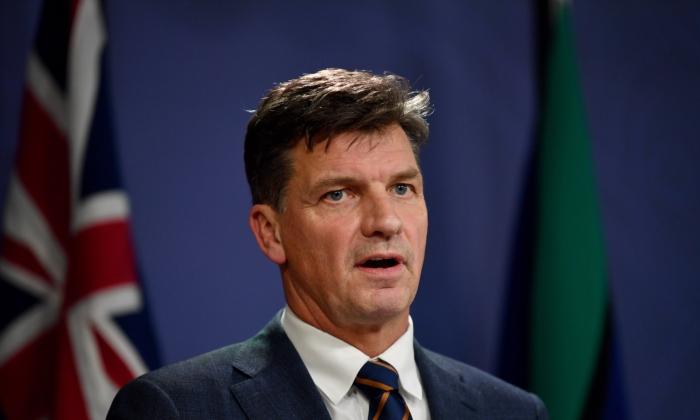The largest purchase of private land for national parks in NSW history will create a vast, near-contiguous conservation area in the state’s far northwest and help protect threatened species and wetlands.
Environment Minister Matt Kean on June 27 announced the purchase of the 153,415-hectare Narriearra Station near Tibooburra.
“Narriearra Station stretches across the outback Channel Country and includes part of the Bulloo River floodplain, ephemeral wetlands and landscapes currently not found anywhere in NSW national parks,” Kean said in a statement.
“Narriearra is an important refuge for threatened wildlife, with more than 25 threatened animal species, including nearly 90 percent of NSW’s critical habitat and breeding areas for the nationally endangered Grey Grasswren.”
Kean said the acquisition also secures a key section of the Caryapundy Swamp.
The nationally important wetland can host tens of thousands of waterbirds including pelicans, straw-necked ibis, egrets and whiskered terns during inland flood events, he said.
“Narriearra along with the nearby Sturt National Park will create a vast near-contiguous conservation area of almost half a million hectares, or twice the size of the ACT,” Kean said.
“Adjoining the Pindera Downs Aboriginal Area, Narriearra contains many significant and valuable stone artefacts, tools and stone arrangements.
“The property is also linked to the ill-fated Burke and Wills expedition, with two expedition campsites on the property.”
The Tibooburra Local Aboriginal Land Council has been invited to suggest a name for the new national park.
Nature Conservation Council chief executive Chris Gambian welcomed the announcement.
“We always welcome new parks but this is particularly significant because of its scale and the range of ecosystems and species it will protect,” Gambian said in a statement on Saturday.
The World Wide Fund for Nature Australia also welcomed the news.
“Protected areas are a cornerstone of biodiversity conservation, and key to storing carbon in landscapes to help create a safe climate,” WWF Australia’s Land Clearing and Restoration senior manager Stuart Blanch said in a statement on Saturday.
The organisation called on the government to make sure Indigenous communities are able to use the site and to create jobs for traditional owners in park management and the conservation of cultural sites and artefacts.
Australian director of Pew Charitable Trusts Barry Traill labelled the purchase a “visionary move”.
“The outback landscapes in western NSW have not been highly protected and the scale of this historic purchase is exciting,” Traill said in a statement on Saturday.





